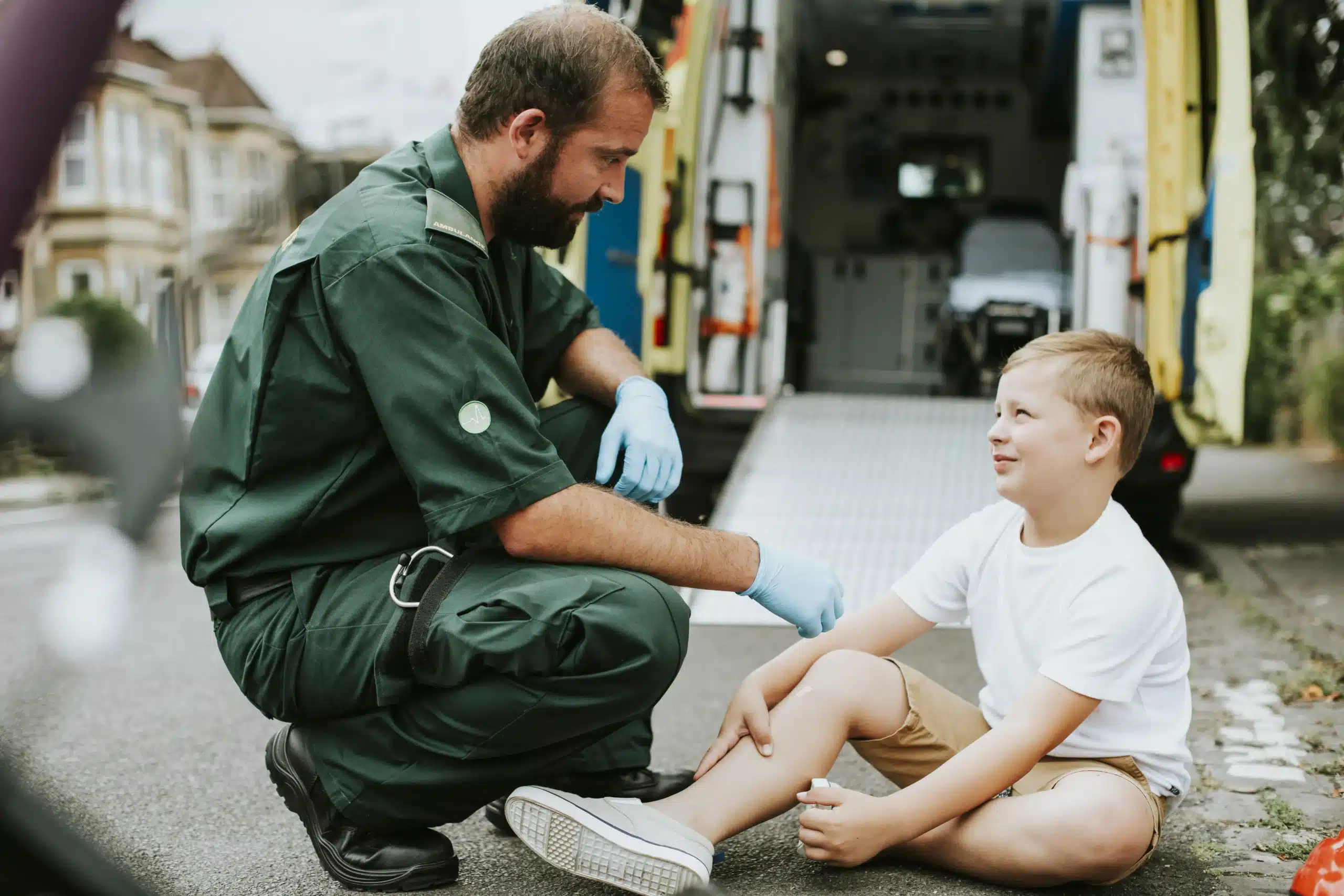CPR, or Cardiopulmonary Resuscitation, saves lives by restarting the heart when it stops. With cardiac arrest being a leading cause of death worldwide, understanding CPR is crucial. But, many myths cloud its effectiveness. Let’s debunk these misconceptions and set the record straight about CPR.
The Reality of CPR Effectiveness
Cardiac arrest is a serious medical condition with over 350,000 cases occurring outside hospitals yearly. Immediate CPR can double or triple a person’s chance of survival. Despite this, many believe CPR is not effective without professional help. This myth can prevent bystanders from taking action. Bystander CPR plays a critical role in improving survival rates, as 40.2% of out-of-hospital cardiac arrest victims received CPR from bystanders in 2023.
Myth 1: CPR is Only for Medical Professionals
Contrary to popular belief, CPR isn’t just for doctors or paramedics. Anyone can learn and perform CPR. The American Heart Association (AHA) has educated over 22 million people globally in CPR each year. Basic CPR skills are accessible through various courses, both online and in-person, allowing everyone to be a potential lifesaver.
Myth 2: You Can Harm Someone with CPR
Many people fear they might harm the person they’re trying to save. The truth is, when a person is in cardiac arrest, their chance of survival without intervention is zero. Performing CPR, even if imperfect, provides a better chance of survival. Chest compressions may cause rib fractures, but this is a minor risk compared to the benefits of saving a life.
Myth 3: You Need Mouth-to-Mouth Resuscitation
Mouth-to-mouth resuscitation has been a standard part of CPR training, but recent guidelines emphasize chest compressions over rescue breaths. Continuous chest compressions without interruption are crucial, as they keep blood flowing to vital organs. Only perform rescue breathing if you are trained and confident, and the situation demands it, such as with drowning victims or infants.
Myth 4: CPR Always Restarts the Heart
CPR doesn’t restart the heart like a defibrillator. Instead, it manually pumps blood through the body, providing oxygen to the brain and other organs until professional help arrives. The outcome depends on various factors, including the timeliness of CPR and the underlying cause of cardiac arrest. Still, CPR significantly increases a victim’s chance of survival.
Myth 5: Only Adults Need CPR
Cardiac arrest can happen to anyone, regardless of age. While the majority of cardiac arrests occur in adults, children and infants can also experience it. CPR for infants and children follows different techniques but remains equally vital. Learning how to adapt your CPR skills for different age groups ensures you’re prepared for any emergency.
Myth 6: CPR is Too Complicated to Learn
Some avoid learning CPR, thinking it’s too complex. However, CPR training has become more streamlined and accessible. Courses focus on the essential steps, making it easier for anyone to learn and remember the procedure. Regular practice and refresher courses help keep your skills sharp and ready for action.
Myth 7: Cardiac Arrest Victims Always Show Symptoms
Cardiac arrest often strikes without warning. Unlike a heart attack, which may have symptoms like chest pain or shortness of breath, cardiac arrest typically occurs suddenly. Bystanders should act immediately if someone collapses, loses consciousness, or doesn’t respond. Quick action with CPR can be the difference between life and death.
Myth 8: It’s Better to Wait for Paramedics
While paramedics are vital, time is critical in cardiac arrest situations. The first few minutes determine survival chances. The sooner CPR begins, the better. Bystanders should start CPR immediately, as emergency services may take several minutes to arrive. Your prompt action can provide crucial support before professional help reaches the scene.
Myth 9: CPR Isn’t Needed If AED is Available
An Automated External Defibrillator (AED) is a valuable tool, but it’s not a substitute for CPR. Use CPR alongside an AED for optimal results. Start CPR immediately and continue until the AED is set up and ready to deliver a shock. AEDs guide users with clear instructions, making them easy for anyone to use.
Myth 10: CPR is Uncomfortable for Everyone
Performing CPR can be intimidating, but discomfort should not deter action. With more practice and education, confidence grows. Remember, your efforts can make a life-saving difference. Many communities offer CPR practice sessions to help overcome initial apprehensions.
Myth 11: You Need Special Equipment for CPR
CPR requires no special tools or equipment. Your hands and knowledge are all that’s needed to perform effective chest compressions. While some professional settings may use devices like CPR masks or pocket masks, bystanders can perform hands-only CPR without additional equipment.
Myth 12: CPR Training Guarantees Success
Training increases the likelihood of successfully performing CPR, but it doesn’t guarantee every attempt will save a life. Outcomes depend on various factors. Training equips you with the skills and confidence to take action, which is invaluable when faced with an emergency.
Myth 13: CPR Skills Don’t Need Updates
Like any skill, CPR requires regular practice and updates. Guidelines evolve based on new research, so staying informed is essential. Refresh your skills every two years with updated courses to ensure you’re prepared for emergencies.
Myth 14: CPR is Overrated
CPR is a crucial life-saving skill. It provides immediate assistance, increases survival chances, and supports professional responders. By understanding and debunking myths, we empower more people to act confidently in emergencies, ultimately saving lives.
Conclusion
Understanding CPR myths can save lives. By debunking misconceptions, we empower individuals to take life-saving action. CPR is accessible, effective, and easy to learn, making it an essential skill for everyone. Don’t wait—consider enrolling in a CPR course today to gain confidence in your ability to help others in need. Contact us at Safety Training Seminars for more information on CPR training and certification. Let’s work together to create a safer, more prepared community.






